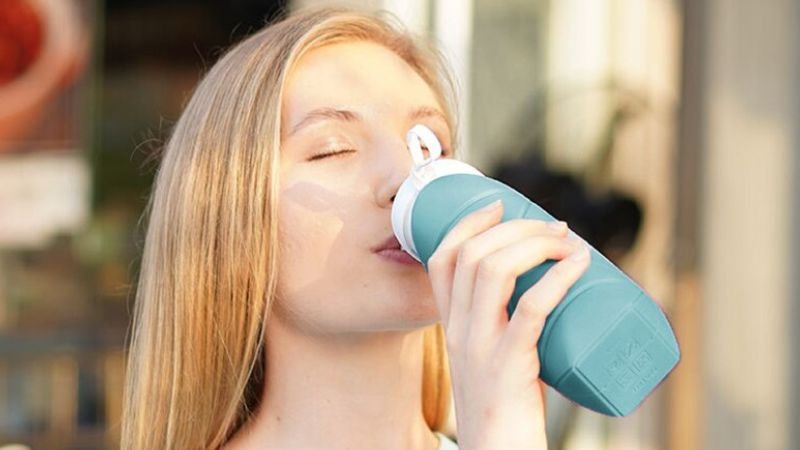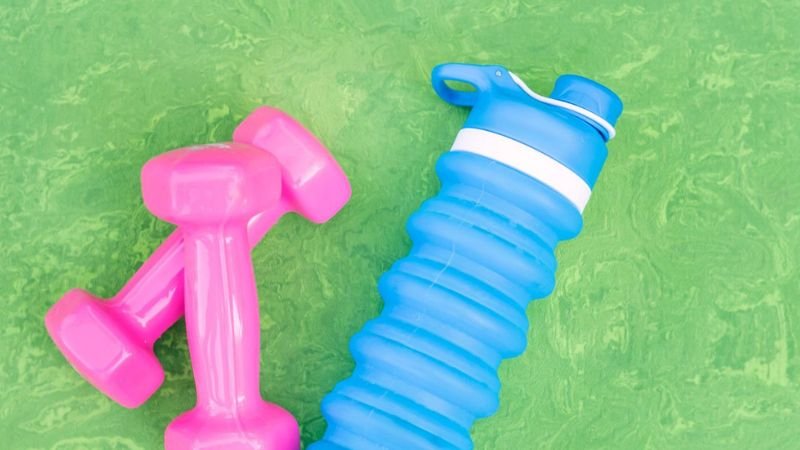When it comes to choosing a bottle for your everyday needs, you might find yourself overwhelmed by the options. Plastic bottles are ubiquitous, but concerns about their environmental impact and health risks are growing. Silicone bottles are gaining popularity as an alternative, but are they really better? Let’s explore the pros and cons to help you make an informed decision.
Yes, silicone bottles are better than plastic for several reasons. They are more durable, safer for your health, and environmentally friendly. While plastic bottles are cheaper and more readily available, the long-term benefits of switching to silicone make it a superior choice for many consumers.
Keep reading to find out why silicone bottles might be the upgrade you need.
What Makes Silicone Bottles Better?
Durability: Silicone is incredibly durable and resistant to damage from drops, heat, and cold. Unlike plastic, which can crack or warp under stress, silicone maintains its shape and integrity over time. This means fewer replacements and less waste.
Health and Safety: Silicone bottles are made from food-grade materials that don’t leach harmful chemicals into your drink. Plastic bottles, especially those made from BPA-containing plastics, can release toxins that are harmful to your health. Silicone, on the other hand, is non-toxic and safe for both adults and children.
Environmental Impact: Plastic pollution is a major global issue. Plastic bottles take hundreds of years to decompose and contribute to landfill overflow and ocean pollution. Silicone is much more environmentally friendly. While not biodegradable, silicone can be recycled more easily and has a longer lifespan, reducing the overall environmental footprint.
Are Silicone Bottles More Expensive?
One common concern is the cost of silicone bottles compared to plastic ones. Yes, silicone bottles are generally more expensive upfront. However, their longevity and durability mean you’ll spend less money over time on replacements. Investing in a high-quality silicone bottle can save you money in the long run.

How Do Silicone Bottles Perform in Everyday Use?
Ease of Cleaning: Silicone bottles are dishwasher safe and resistant to mold and bacteria. Unlike plastic bottles, which can retain odors and stains, silicone bottles are easy to keep clean and fresh .
Flexibility and Convenience: Silicone is flexible and can be folded or squished to fit into tight spaces, making it perfect for travel and outdoor activities. Many silicone bottles are designed to collapse for easy storage.
Temperature Resistance: Silicone can withstand extreme temperatures, from boiling water to freezing conditions, without degrading. This makes silicone bottles versatile for both hot and cold beverages.
What Are the Downsides of Silicone Bottles?
While silicone bottles have many advantages, there are some downsides to consider:
Heavier Weight: Silicone bottles can be slightly heavier than plastic ones, which might be a consideration for some users.
Not Biodegradable: Although silicone is more environmentally friendly than plastic in terms of durability and recyclability, it is not biodegradable. This means it doesn’t break down naturally in the environment.
Availability and Variety: Plastic bottles are more widely available and come in a greater variety of shapes, sizes, and designs. Silicone bottles, while growing in popularity, may not offer as many options.

Here’s a table that compares silicone bottles and plastic bottles across various factors:
| Factor | Silicone Bottles | Plastic Bottles |
|---|---|---|
| Durability | Highly durable, resistant to damage from drops, heat, and cold | Prone to cracking, warping, and breaking |
| Health and Safety | Made from food-grade materials, non-toxic, no harmful chemicals leached | May contain BPA and other toxins, which can leach into drinks |
| Environmental Impact | Longer lifespan, recyclable, but not biodegradable | Short lifespan, contributes to landfill and ocean pollution, not easily recyclable |
| Cost | Higher upfront cost but more cost-effective over time | Lower initial cost but frequent replacements needed |
| Ease of Cleaning | Dishwasher safe, resistant to mold and bacteria, easy to clean | Can retain odors and stains, not always dishwasher safe |
| Flexibility | Flexible, can be folded or squished for easy storage | Rigid, does not fold or squish easily |
| Temperature Resistance | Can withstand extreme temperatures (boiling to freezing) without degrading | Limited temperature resistance, can warp or degrade |
| Weight | Slightly heavier compared to plastic bottles | Lighter and more portable |
| Availability and Variety | Fewer options but growing in popularity | Widely available in various shapes, sizes, and designs |
| Biodegradability | Not biodegradable but can be recycled more easily | Not biodegradable and often not recyclable |
Conclusion
Switching to a silicone bottle is a smart choice for those looking to improve their health and reduce their environmental impact. While they may come with a higher initial cost, their benefits in terms of durability, safety, and eco-friendliness make them a better option in the long run. Consider making the switch today and enjoy the numerous advantages that silicone bottles have to offer.
That’s it! By choosing silicone over plastic, you’re making a positive change for yourself and the planet.